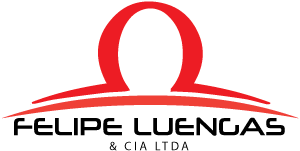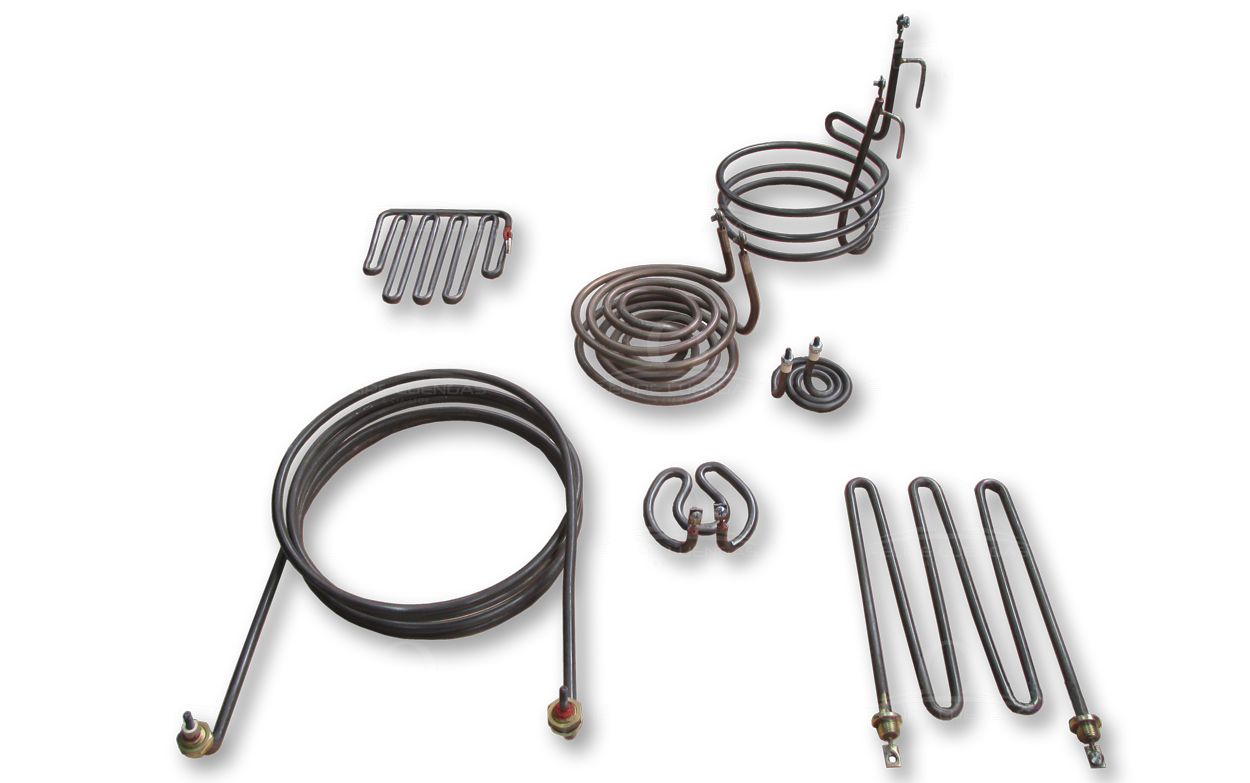In 1841 James Prescott Joule discovered that when electric current circulates through a conductor it produces heat release. Heat is defined as the energy that passes from a region of higher temperature to one of lower temperature until the two reach the same temperature. The heaters are the application of these principles, since they transform electrical energy into thermal energy to be transferred to a medium that is required to increase its temperature.
Heat transfer occurs in three ways:
- Conduction: By direct contact between two bodies, or between two points of a body that are at different temperatures. The molecules with the highest temperature deliver energy to the nearest ones until the temperature is balanced.
- Convection: A moving fluid transports thermal energy between two zones.
- Radiation: Heat is released in the form of electromagnetic waves due to the temperature of objects, the higher the temperature, the more thermal energy is radiated. The transfer occurs when the emitted energy impacts another body and is absorbed.
These concepts and the particular conditions of the environment in which it will operate determine the type of heating resistance to be used.
Once the type of resistance is selected, the system must guarantee an efficient extraction of the thermal energy generated, otherwise the maximum temperature can be exceeded, which will cause permanent damage or a reduction in its useful life. Specifically, the resistance must be prevented from working without a product to be heated, for example without air ventilation or without being submerged in water, depending on the application.

